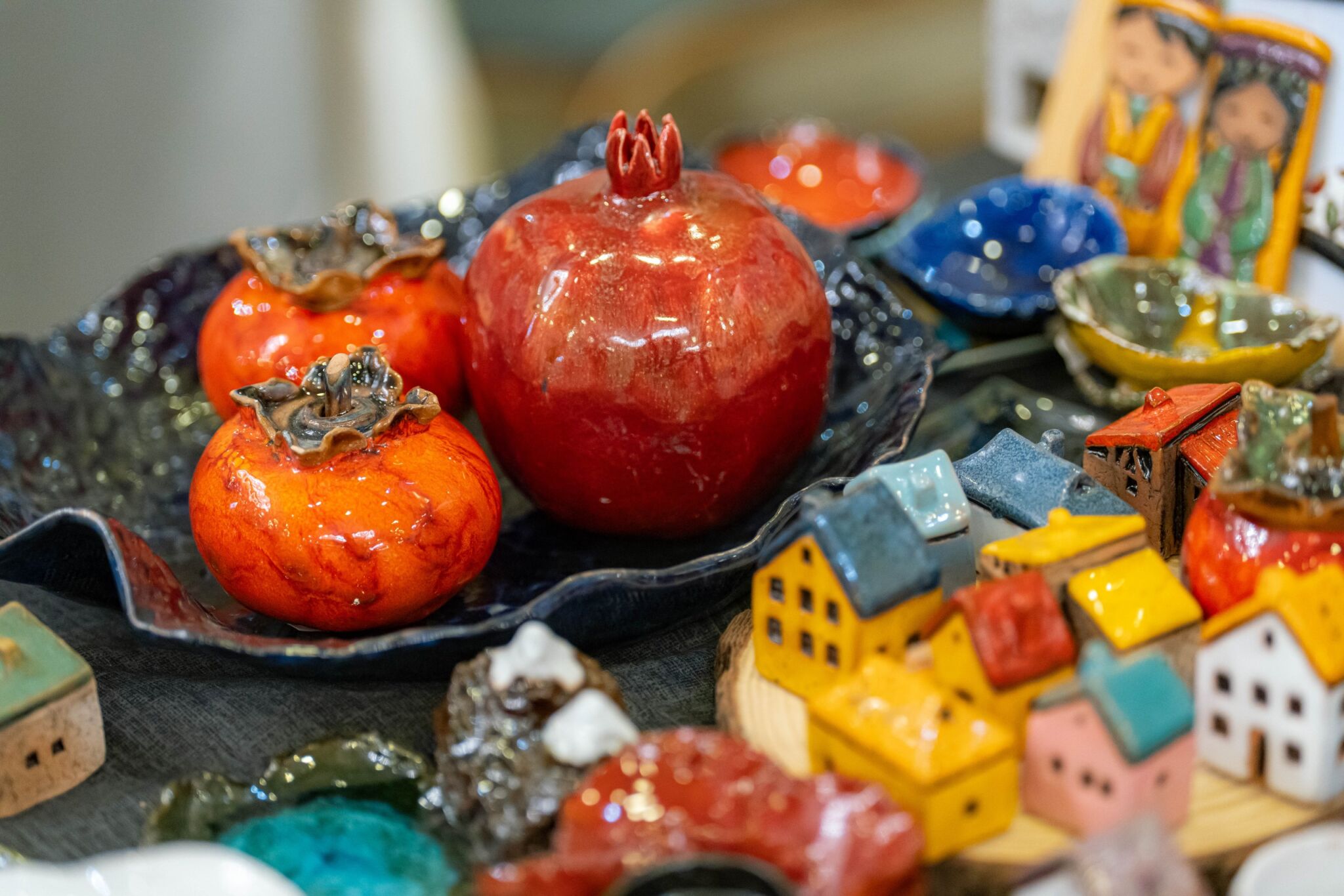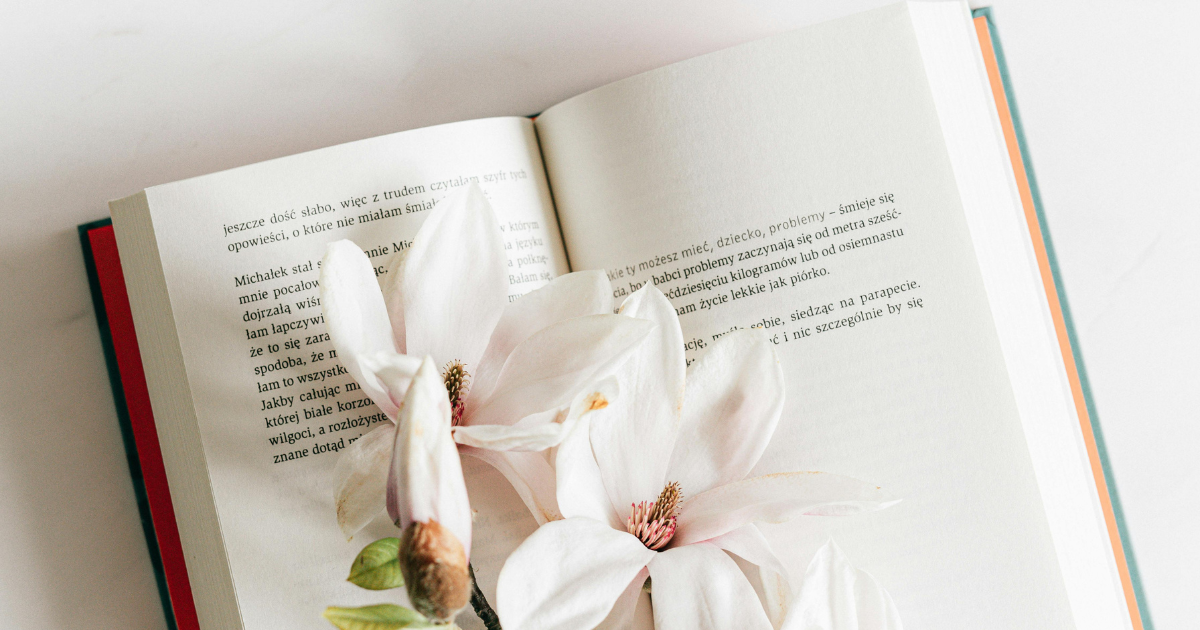Creating space for creativity and self-expression: interview with the organizer of Art&Craft
Art markets changing the cultural landscape of the city
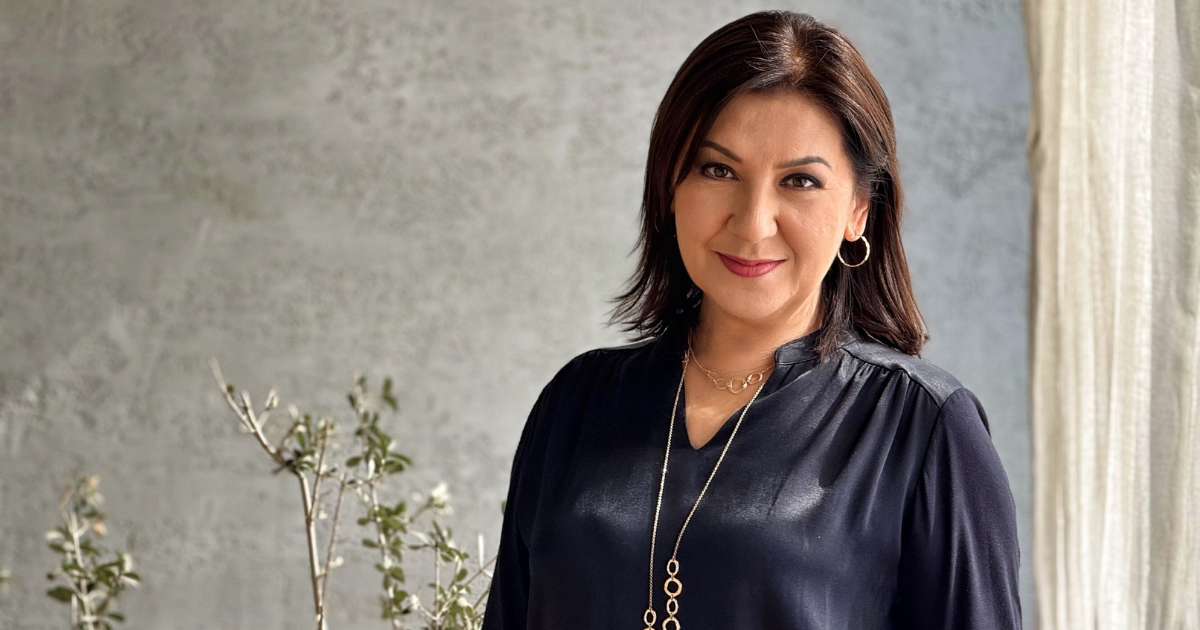
Naiba Anvarkhodjaeva, the organizer of the creative project Art&Craft, has been promoting craftsmanship and organizing folk art exhibitions for over 10 years. In an exclusive interview with ELLE O’zbekiston, she shared her experience and spoke about the significance of these exhibitions.
How did you select artisans for the first exhibitions? Was there any selection process at all?
Yes, there was a selection process. I have always paid special attention to artisans, particularly those working in traditional forms of Uzbek folk art. My team and I traveled across regions, met with masters, and studied their works. It was important to me to attract truly talented people creating unique pieces. I was supported in this by art experts, especially my longtime colleague and exhibition partner Lilia Nikolenko, a specialist in decorative and applied arts.
At the Art Bazaar, you had the chance to meet a master of clay toys from Bukhara, Kubaro-bibi, who, sadly, has passed away. May her memory be a blessing. Tell us about her and her works. How many years did she participate in your events?
Kubaro-bibi was one of the most respected and talented artisans featured at the Art Bazaar. She specialized in creating traditional clay toys, passing down her knowledge and painting techniques through generations.
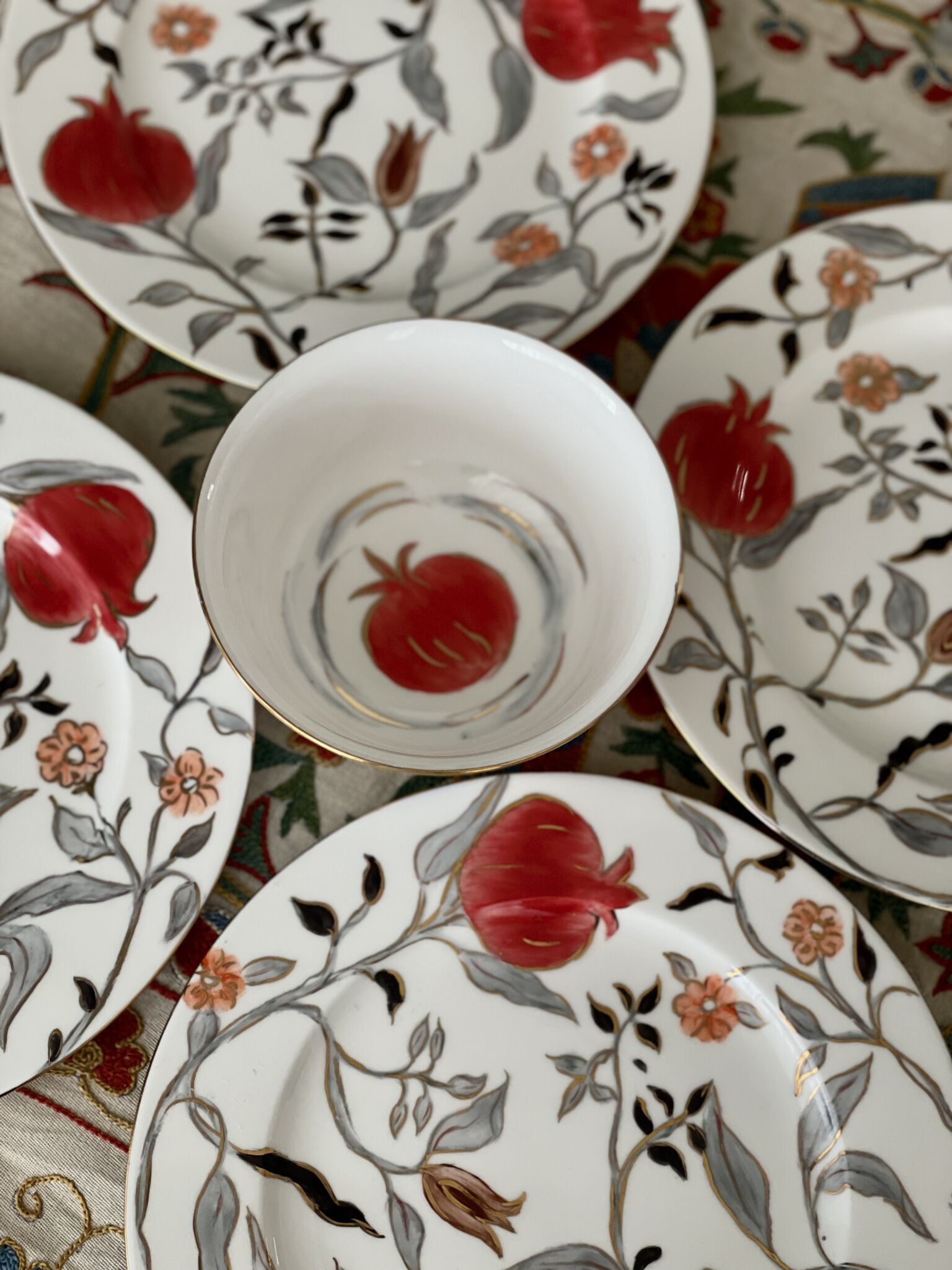
Painting on porcelain. Works by Naiba Anvarhodjaeva
She participated in our exhibitions for many years, and her works always drew special attention. Her contribution to preserving folk traditions is invaluable. We are deeply grateful to have had the chance to work with her, and we will always cherish the memory of her art.
You’ve had other significant projects. Could you tell us about them?
Yes, I have several projects that I am particularly proud of. One of them is “The Legend of Uzbek Ceramics”, initiated by Lilia Nikolenko, which I fully supported, and we organized together.
Many people mistakenly believe that the brightly colored ceramics found in bazaars represent all of Uzbek ceramic art. However, the country's pottery traditions are far deeper and more diverse. We traveled across regions and brought together 12 outstanding ceramists. The exhibition showcased distinct regional styles: the turquoise shades of Rishta, the sunny yellows of Andijan, the warm terracotta palette of Gijduvan, the fantastic patterns of Urgut, and more.
The project was a great success and sparked interest from both experts and the general public. Thanks to this exhibition, Uzbek ceramics experienced a revival, with many artisans, who had almost abandoned their craft, finding new inspiration.
Another project I deeply value is “Art of Dolls”, a small-scale exhibition dedicated to handmade dolls. We organized it on a volunteer basis, yet it demonstrated how much people appreciate authorial dolls. The exhibition featured both traditional dolls and contemporary art objects.
Artisans and creative individuals often express gratitude to you as an organizer. How do you feel when you hear such words?
Above all, I feel love – love for my work, for people, and for the artisans who trust me. And, of course, gratitude. Gratitude to the participants who travel to showcase their works, pouring their hearts into their creations.
It’s especially rewarding when the exhibition helps artisans not only gain recognition but also receive financial support. For instance, women from Shakhrisabz bring works not only of their own but also from artisans in remote villages who cannot attend in person. The sales from these events support artisans, help preserve traditions, and pass them on to future generations.
Are there any particularly interesting or unique artisans among the participants?
Every participant is unique in their own way. Whether their craft is a profession or a hobby, they all pour their soul into their work.
For example, artisans who create papier-mâché dolls exhibit incredible patience and meticulousness.
Beadwork artists spend hours assembling the tiniest elements into intricate patterns. Potters preserve centuries-old traditions through the forms and colors of their creations. Each artisan has their own story, and it’s these stories that make the exhibition so vibrant and unforgettable. 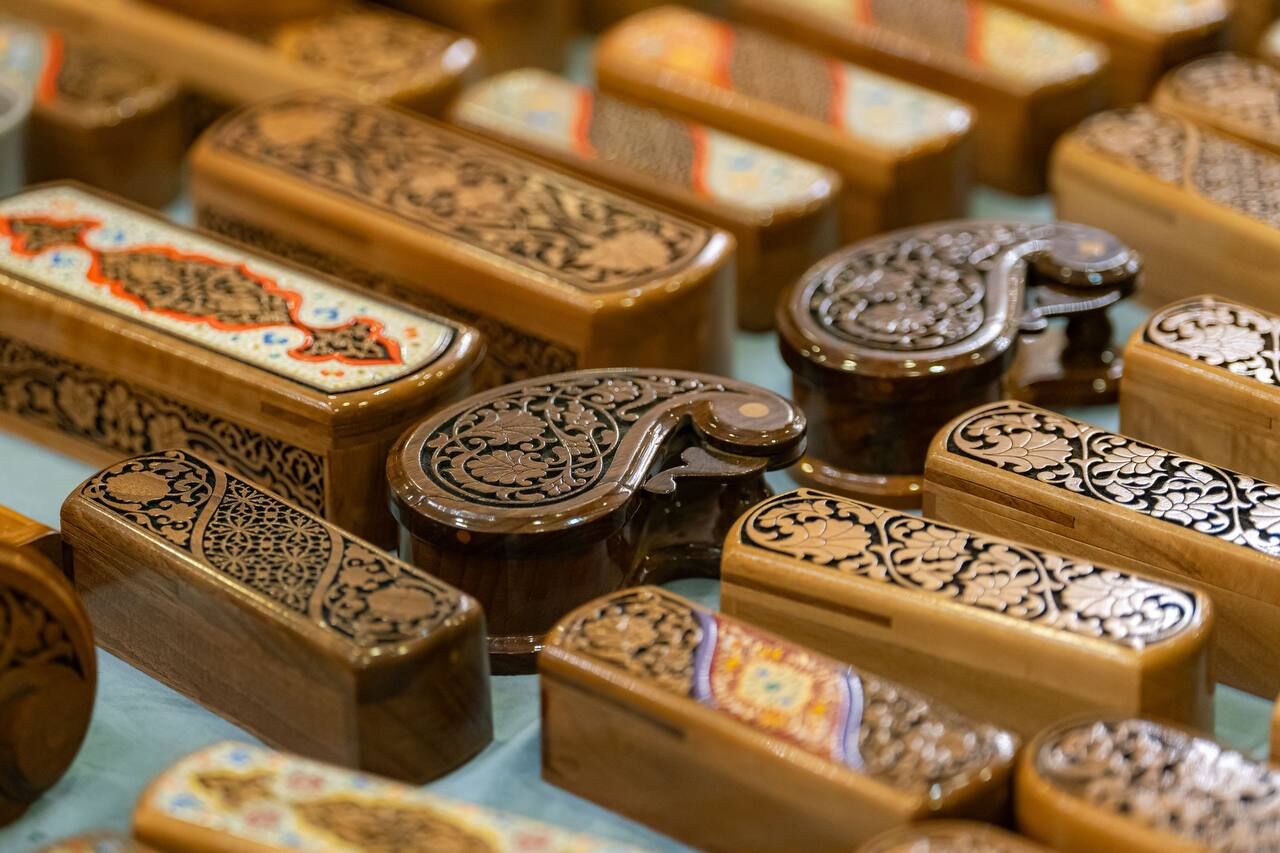
Above all, I feel love – love for my work, for people, and for the artisans who trust me. And, of course, gratitude. Gratitude to the participants who travel to showcase their works, pouring their hearts into their creations.
It’s especially rewarding when the exhibition helps artisans not only gain recognition but also receive financial support. For instance, women from Shakhrisabz bring works not only of their own but also from artisans in remote villages who cannot attend in person. The sales from these events support artisans, help preserve traditions and pass them on to future generations.
Are there any particularly interesting or unique artisans among the participants?
Every participant is unique in their own way. Whether their craft is a profession or a hobby, they all pour their soul into their work.
For example, artisans who create papier-mâché dolls exhibit incredible patience and meticulousness.
Beadwork artists spend hours assembling the tiniest elements into intricate patterns. Potters preserve centuries-old traditions through the forms and colors of their creations. Each artisan has their own story, and it’s these stories that make the exhibition so vibrant and unforgettable.
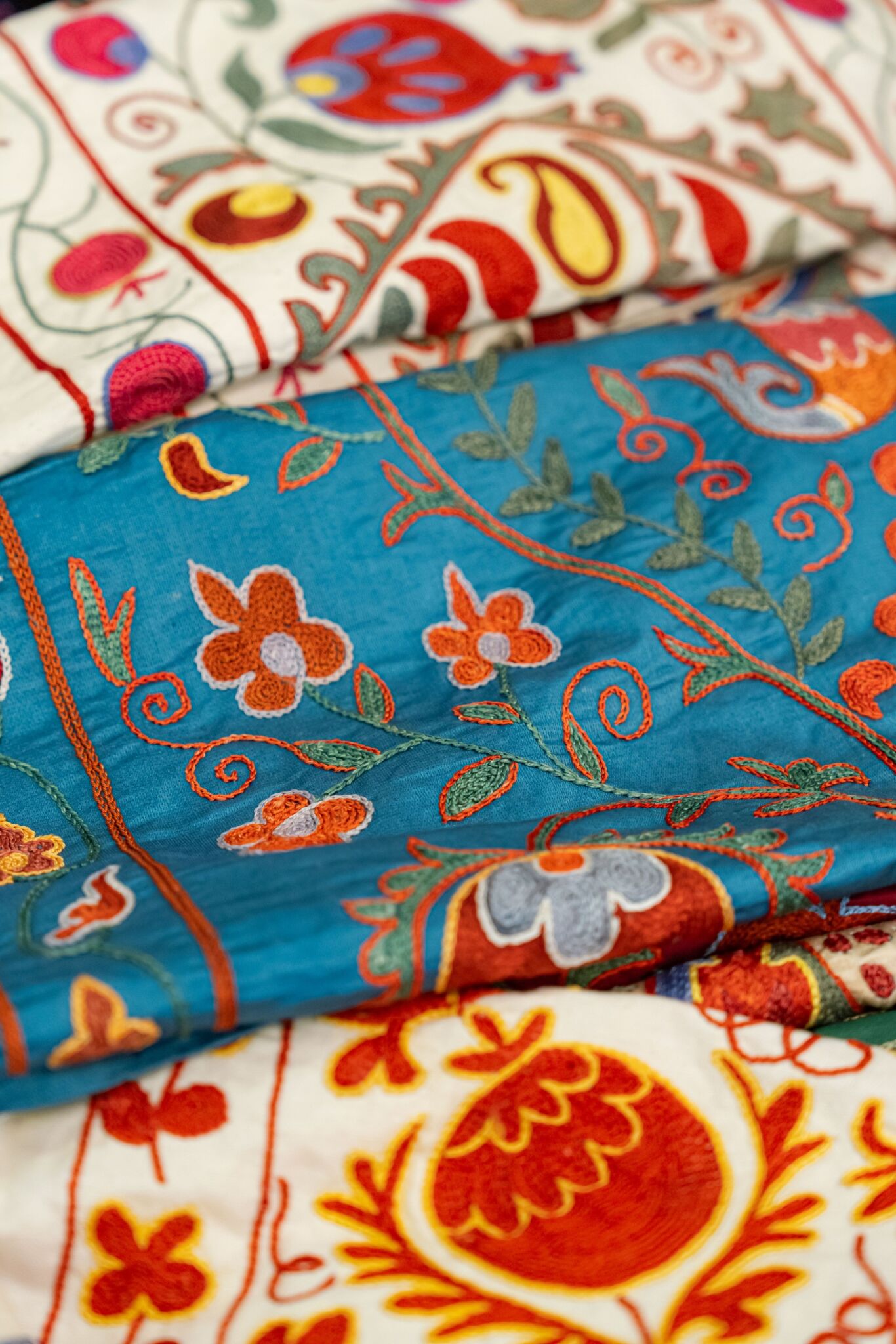
I dream of expanding the project’s reach and attracting more sponsors and investors. This would enable us to invite artisans from distant countries who find it difficult to travel to Tashkent.
Additionally, I aim to create a permanent venue for hosting workshops, allowing artisans to not only sell their works but also pass on their skills, educate young people, and preserve folk crafts.
What makes this exhibition unique?
The main uniqueness of the exhibition is its tradition and continuity. Year after year, it brings together talented artisans, but it is not just a marketplace. It is a space for inspiration, communication, and the exchange of experiences. Here, artisans find support, and visitors discover unique, soulful creations.
What inspires you most when working with artisans?
I am inspired by the joy artisans feel when they participate in the exhibition, find support, and grow through these experiences. It is especially rewarding when they leave happy and return year after year. Their enthusiasm and smiles are my greatest motivation.
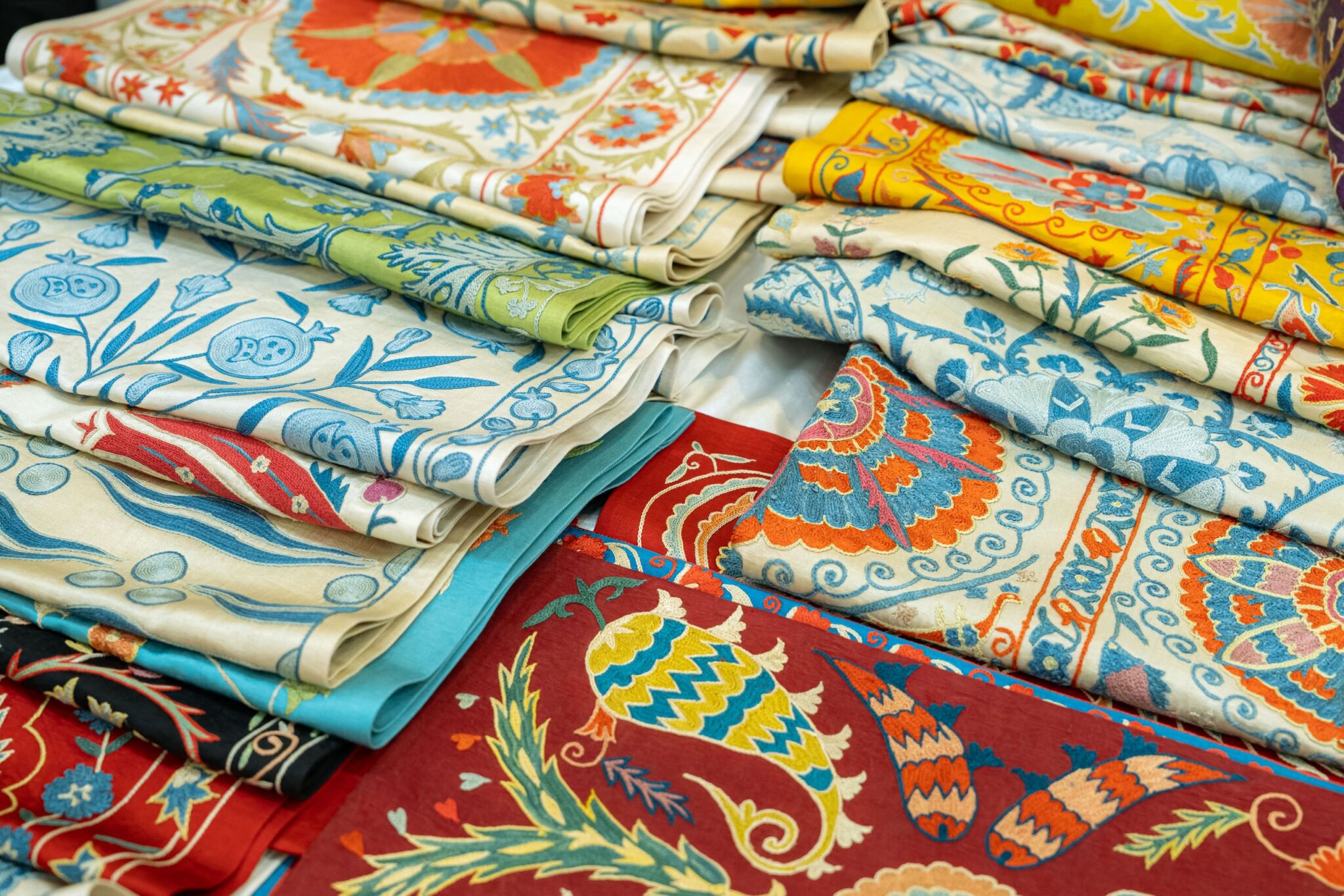
I am also inspired by the public’s interest. When large crowds attend the exhibition, it means that the artisans' work resonates with people and that handmade craftsmanship is truly valued. In recent years, interest in folk art has been growing, and I feel fortunate to be part of this process.
I would also like to note how foreign visitors perceive our crafts. Guests from abroad never haggle because they understand the effort, time, and skill that go into each piece. It’s heartening to see that this appreciation for handmade artistry is gradually growing in our country as well. More and more people are willing to pay a fair price for quality, original creations. I believe we have contributed to this cultural shift.
Can you share your future plans?
I want the Art Bazaar to continue developing while maintaining its special atmosphere – a place where artisans not only sell their work but also exchange experiences, find inspiration, and connect with new partners and clients.
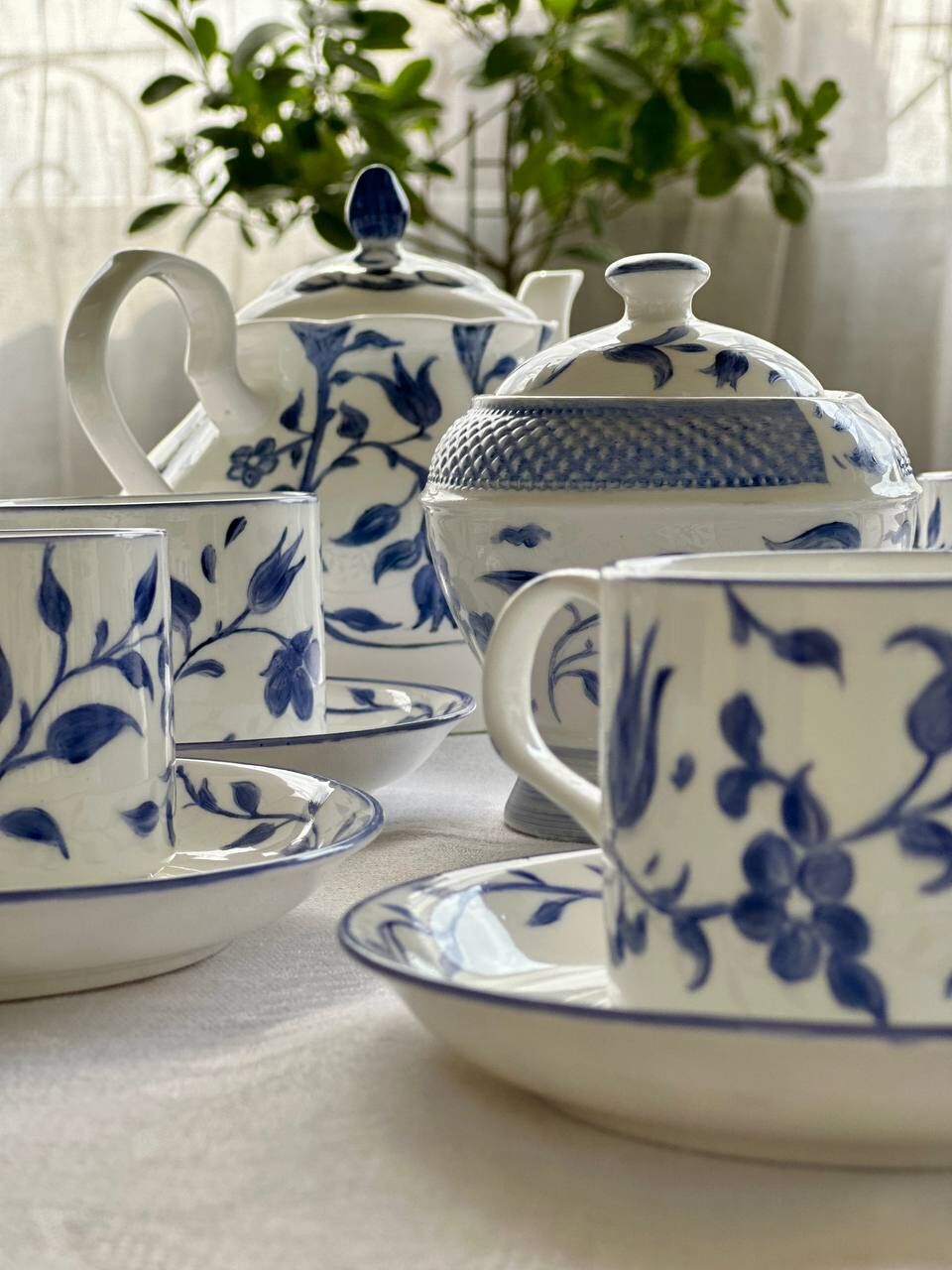
Painting on porcelain. Works by Naiba Anvarhodjaeva
I also have plans to expand the project.
I would love to organize more themed workshops dedicated to various forms of folk art. A special area I hope to develop further is projects dedicated to traditional ceramics and art dolls.
Additionally, I have ideas for launching new initiatives related to folk crafts, design, and creativity. It’s essential not only to support the existing platform but also to explore new formats that help artisans grow and reach wider audiences.
I truly want to continue this work, to inspire people, and to create a space where creativity can live and thrive.
Photos taken from Naiba Anvarhodjaeva's personal archive.

